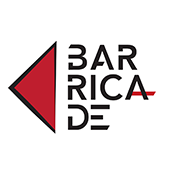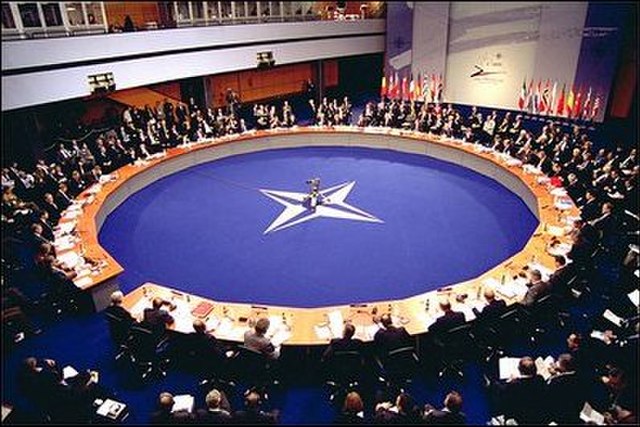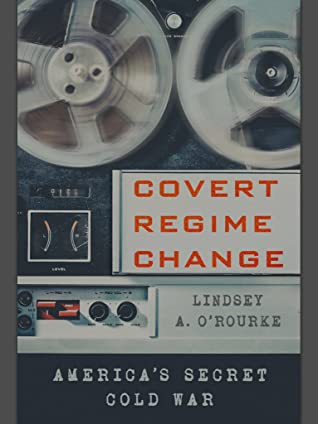This article was originally published on 16 March 2020 on Other News and is republished here with permission. Its author is John Scales Avery, Ph.D., who was part of a group that shared the 1995 Nobel Peace Prize for their work in organizing the Pugwash Conferences on Science and World Affairs. The author is a member of the TRANSCEND Network and Associate Professor Emeritus at the H.C. Ørsted Institute, University of Copenhagen, Denmark. He is chairman of both the Danish National Pugwash Group and the Danish Peace Academy and received his training in theoretical physics and theoretical chemistry at M.I.T., the University of Chicago and the University of London.
The urgent need for a vaccine
Public health experts say that if the COVID-19 epidemic is not successfully contained, it could become a global pandemic, perhaps spreading to 80% of the world’s population. With a 1% mortality rate, this would mean that 70 million people would die of the disease. With a 2% mortality rate, the total number of deaths would be twice that number, 140 million people. Comparable numbers of people have died in the tragic wars and pandemics of the past. There is a serious danger that it might happen again.
Perhaps the best way to avoid such a tragedy would be to quickly develop an inexpensive and effective vaccine against the COVID-19 virus, and to distribute it very widely, free of charge, with the support of government funds. The most promising techniques for doing so, in my opinion, are the methods of monoclonal antibodies and gene-splicing.
Monoclonal antibodies
The 1984 Nobel Prize in Medicine or Physiology was awarded to Niels Kai Jerne, Wolfgang Köhler, and César Milstein for the development of the monoclonal antibodibody technique. Jerne had been able to demonstrate that immune systems contain very many strains of antibodies, each producing just a single antibody against a single species of virus or bacterium. When a patient recovers from a disease it is because the population producing exactly the right antibody has been stimulated to grow large, and thus the recovered patient obtains immunity to the disease.
Köhler and Milstein received their share of the 1984 Nobel Prize for developing methods for cloning lymphocites that produce an antigen that targets a specific virus or bacterium chosen by the researcher. In other words, given a particular virus or bacterium Köhler and Milstein’s monoclonal antibody technique can produce the correct antibody to fight it.
https://www.nobelprize.org/prizes/medicine/1984/press-release/
Gene-splicing techniques and mass-production of a vaccine
Now let us turn to the question of how gene-splicing techniques can be used can be used to inexpensively mass-produce a vaccine against the COVID-19 virus. Suppose that a culture of lymphocytes has been established producing the correct antibody to fight against the virus. The next step is to isolate the nucleotide sequence needed to produce the antibody. Then the new recombinant DNA techniques discovered by Paul Berg, Stanley Cohen, Herbert Boyer and others make it possible to produce the protein by splicing this nucleic acis sequence into a plasmid of an easily-cultivated bacterium, such as E-Coli. The modified E-Coli bacteri can then be cultivated on a large scale, and they will produce large amounts of the vaccine protein.
https://www.nobelprize.org/prizes/chemistry/1980/press-release/
https://en.wikipedia.org/wiki/Herbert_Boyer
Many proteins are today produced using gene.splicing methods. These include human insulin, interferon, serum albumin, clotting factors, vaccines, and protein hormones such as ACTH, human growth factor and leuteinizing hormone. One of Denmark’s major industries today is the production of enzymes, hormones and vaccines using the gene-splicing methods just described.
Balancing dangers in an emergency
We know with certainty that if a vaccine against the COVID-19 virus is not developed quickly and distributed widely, enormous numbers of people will die. Therefore, balancing dangers against each other, and choosing the path most likely to result in a minimum of fatalities, it seems logical to remove some of the restrictions that normally block the rapid development of vaccines. Firstly, the profit motive must be kept out of the picture. Public funds must be used for research. Secondly, prohibitions against testing on humans must be temporarily lifted. Thirdly, the requirement of years of testing before widespread distribution of the vaccine must be temporarily lifted. And finally, government funds must be used to make the COVID-19 vaccine free for everyone.
Photo: The coronacrisis makes headlines (source: Pixabay, CC0)
The Barricade is an independent platform, which is supported financially by its readers. Become one of them! If you have enjoyed reading this article, support The Barricade’s existence! We need you! See how you can help – here!











